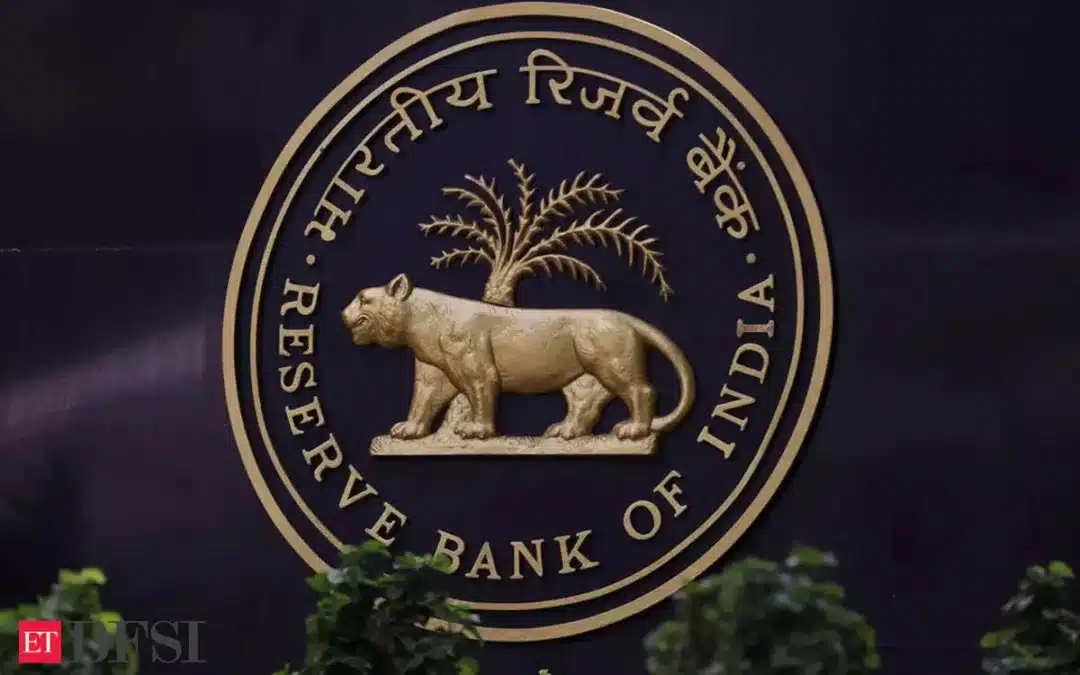India’s overnight index swap market is signalling that the country’s central bank will not rush to cut interest rates even if the U.S. Federal Reserve starts bringing down rates early next year. The odds of the Fed’s first rate cut coming in March have risen to 63%, while the Reserve Bank of India is expected to hold rates until the middle of next year.
This has reflected in India’s OIS rates.
The one-year OIS, considered the clearest indicator of short-term moves in rates, has dropped only about 20 basis points (bps) over the last six weeks to 6.82%, while the 10-year U.S. yield has plunged by over 75 bps.
Similarly, the five-year OIS rate has fallen by only about 30 bps, to 6.45%.
“I have not tweaked my India rate-cut expectations even with the change in market pricing for Fed rates,” said Michael Wan, senior currency analyst, global markets research at Singapore-based MUFG Bank.
“I would say the RBI’s focus is still very much on domestic inflation, growth and macro dynamics.”
And even after rate cuts start, market participants expect them to be shallow given the country’s strong economic growth — of 7.6% in July-September — and as the RBI tries to anchor inflation close to its medium-term target.
For these reasons, says Wan, MUFG expects the central bank to start cutting rates only in July-September, with the 2024 total amounting to just 50 bps worth of cuts.
The Fed, meanwhile, is expected to cut rates by 125 bps over 2024.
While both the RBI and the Fed are due to announce policy in the next few days, their tones could differ as inflation concerns resurface in India.
After two months of declines, India’s retail inflation is expected to top 6% in November, breaching the RBI’s tolerance limit and staying well above its medium-term target of 4%.
That will repeat in December as well, estimates Vijay Sharma, a senior executive vice president at primary dealership PNB Gilts.
“So there is no scope for the RBI to hint at any dovishness, and even swap markets have not changed their rate cut bets.”
(Reporting by Dharamraj Dhutia; Editing by Savio D’Souza)










